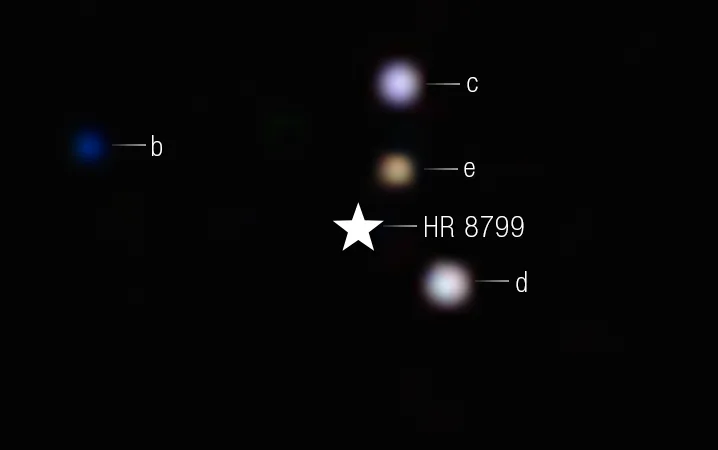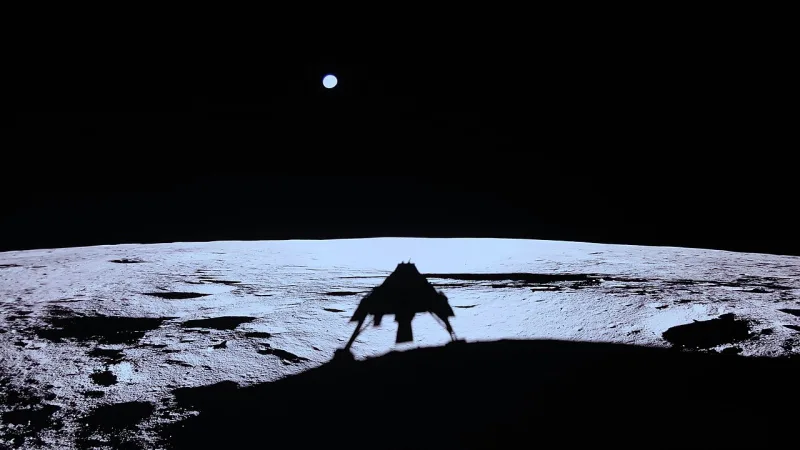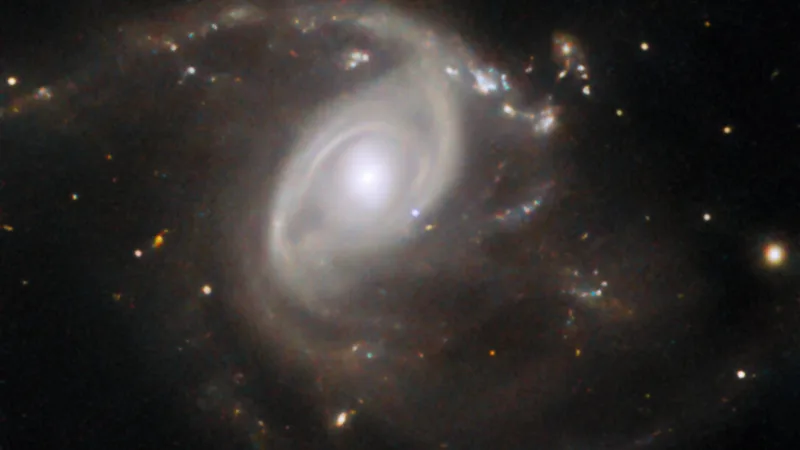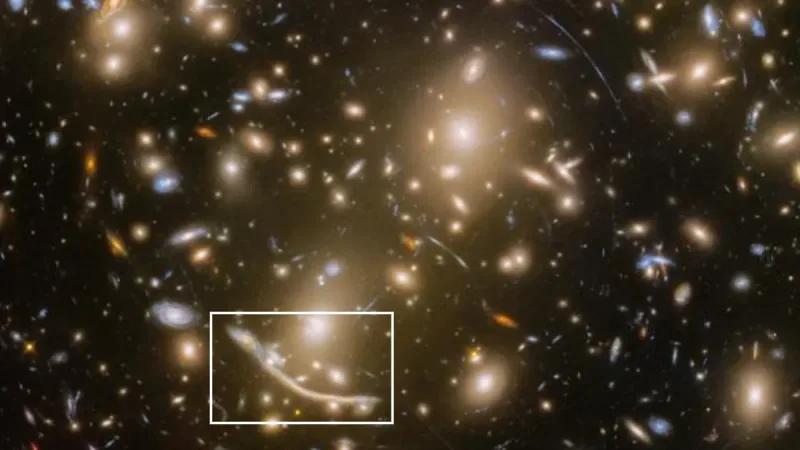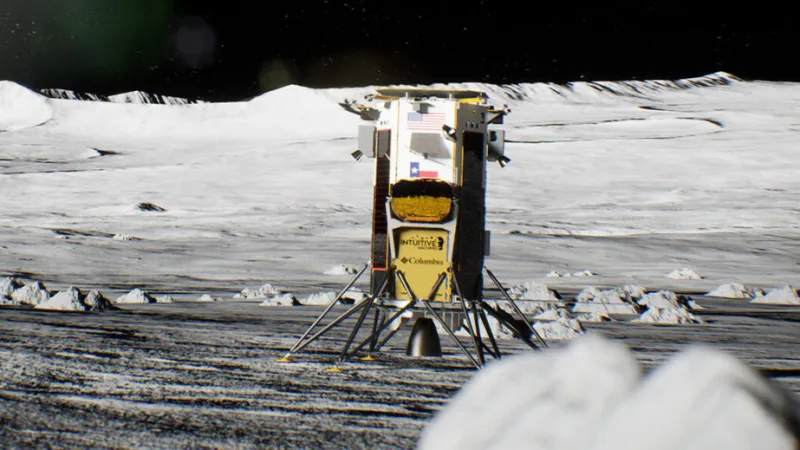Saturn’s Moon Enceladus: Closer to Life Than Ever Before
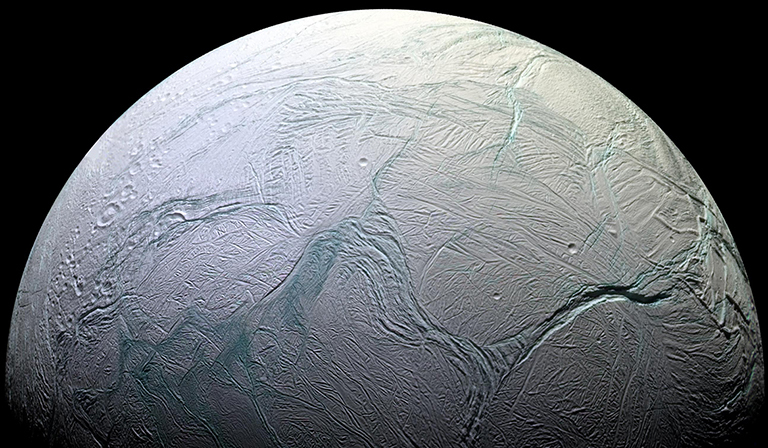
The moon Enceladus, part of Saturn’s system, has intrigued scientists since 2008. NASA’s Cassini probe discovered jets of water vapor, gases, and organic material erupting from its south pole. New research now suggests that the briny sea on Enceladus could potentially support life, making it even more fascinating.
New Insights from Cassini’s Plunge
Christopher Glein, a senior scientist at the Southwest Research Institute, conducted a study published in the Proceedings of the National Academy of Sciences. The study simulated the dissolution of minerals into Enceladus’ seas and estimated the amount of phosphorus present on the moon. Phosphorus is a crucial building block for life, found abundantly in our bodies and vital for genetic and cellular materials.
Glein explained the significance of their findings: “We found evidence that one of the key elements that’s needed for life on Earth should be present in high abundance in the ocean of Enceladus. It shows Enceladus is more habitable than previously thought.”
In June 2023, follow-up research confirmed the presence of phosphorus in ice grains expelled into space by Enceladus’ plume. Frank Postberg, a planetary scientist leading the study, stated, “It’s the first time this essential element has been discovered in an ocean beyond Earth.” This discovery of phosphorus on Enceladus is groundbreaking for astrobiology and strengthens the possibility of life on this distant moon.
Linda Spilker, Cassini’s project scientist, emphasized the impact of the discovery: “Enceladus discoveries have changed the direction of planetary science. Planetary scientists now have Enceladus to consider as a possible habitat for life.”
Phosphorus: A Key Element for Life
Phosphorus plays a critical role in known life forms, and its presence on Enceladus implies greater habitability than previously believed. This exciting finding is a significant milestone for astrobiology and presents new opportunities for exploring extraterrestrial life.
Enceladus, an icy moon located 800 million miles from Earth, has fascinated planetary scientists for years. Its salty seas have been a subject of intense research and speculation as a potential life-supporting habitat. In 2022, the Cassini probe made a brief descent through the moon’s plumes, providing a tantalizing glimpse beneath the icy surface.
Previous research indicated a scarcity of phosphorus in Enceladus’ seas, potentially limiting its habitability. However, a recent study using updated computer simulations revealed that phosphorus minerals from the rocky seafloor are dissolving into the water, an essential element for life.
Searching for Clues from Earth and Beyond
Direct samples of Enceladus’ core are unavailable, but researchers draw insights from meteorites on Earth and other extraterrestrial rocks to make educated hypotheses about its composition. Chinese scientists recently discovered a new phosphate mineral on the moon, further supporting these hypotheses.
To gain deeper insights into the moon’s subsurface oceans, scientists continue to analyze data collected by the Cassini probe. While a mission to land on Enceladus is still decades away, NASA plans to send an orbiter to Jupiter’s satellite Europa in 2024 to investigate its potential for hosting life.
Geoff Collins, a planetary scientist at Wheaton College, remarked that answering these profound questions is the culmination of a lifelong pursuit for many researchers. With ongoing research and patience, we may one day unravel the secrets concealed within this distant ocean world.

